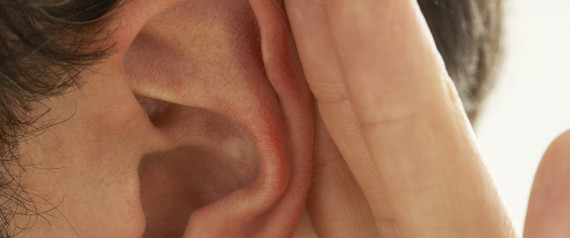
A new study has concluded that taking the drug modafinil, typically used to treat sleep disorders, in combination with antidepressants reduces the severity of depression more effectively than taking antidepressants alone.
The study, a collaboration between King’s College London and the Universities of Cambridge and East London, was published online in the Journal of Clinical Psychiatry.
Approximately a third of depressed patients receive little or no benefit from taking antidepressants even when used in combination with psychological counselling. Furthermore, of those who respond to treatment, residual symptoms such as fatigue and trouble sleeping pose risk factors for relapse. The authors of the study believe that these individuals in particular would benefit the most from supplementing their antidepressants with modafinil.
Professor Barbara Sahakian from the University of Cambridge said, “Modafinil has actions on a number of neurotransmitter systems. This may explain why adding it to traditional anti-depressants, such as selective serotonin re-uptake inhibitors,has beneficial effects on the symptoms experienced by depressed patients.”
“This is good news for individuals struggling to fight depression,” said Professor Cynthia Fu who undertook the research whilst at King’s College London’s Institute of Psychiatry, and currently at the University of East London, . “Depression affects all aspects of life, leading to occupational and social disability at varying levels. It is particularly important that people receive effective treatment as the residual symptoms – e.g. fatigue, lack of concentration etc. -can persist and have a negative impact in people’s lives.”
For the research, the scientists reviewed various studies which had examined the use of modafinil as an add-on treatment for depression. The meta-analysis involved a total of 568 patients with unipolar depression and a total of 342 patients with bipolar depression. The analysis revealed that modafinil improved the severity of depression as well as remission rates. Modafinil also showed beneficial effects on fatigue and sleepiness, with the added benefit of the comparable side effects to placebo.
The research also revealed that the symptomatic benefits of modafinil might also have implications for improving the difficulty of functioning at work sometimes caused by depression. This is significant because depression is a major cause of absenteeism (absence due to sick leave) and presenteeism (present at work but not functioning as before).
Dr Muzaffer Kaser from the University of Cambridge added: “The next step is for longer trials to evaluate potential benefits of supplementing antidepressants with modafinil more comprehensively.”
Depression is a major global health problem. According to the World Health Organisation, it is estimated to be the second leading cause of disability worldwide by 2020.Recent studies revealed that depression represents more than a third of global burden of disease attributable to mental health problems*. The annual cost of mood disorders to the UK economy is estimated to be around £16 billion**.Disability caused by depression is mainly due to the negative impact on work and social functioning and its relapsing nature.
The paper ‘Modafinil Augmentation Therapy in Unipolar and Bipolar Depression: A Systematic Review and Meta-Analysis of Randomized Controlled Trials’ is published in the November edition of Journal of Clinical Psychiatry.
Source: Kings College London









 Hyderabad, Nov 26 (IANS) The American Academy of Ophthalmology (AAO) honored eminent ophthalmologist Gullapalli N. Rao with its outstanding humanitarian service award, said a statement here Tuesday.
Hyderabad, Nov 26 (IANS) The American Academy of Ophthalmology (AAO) honored eminent ophthalmologist Gullapalli N. Rao with its outstanding humanitarian service award, said a statement here Tuesday.